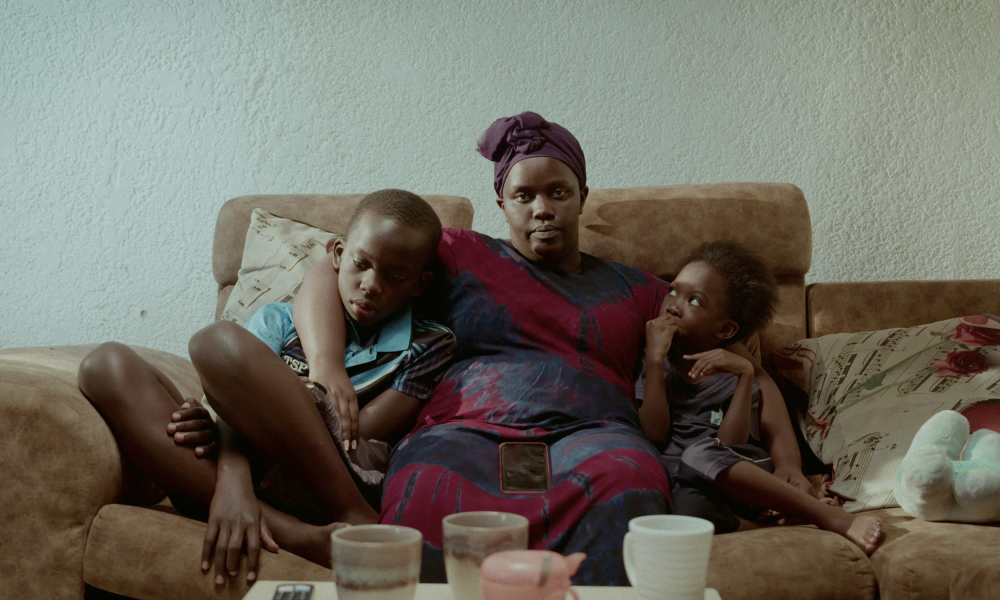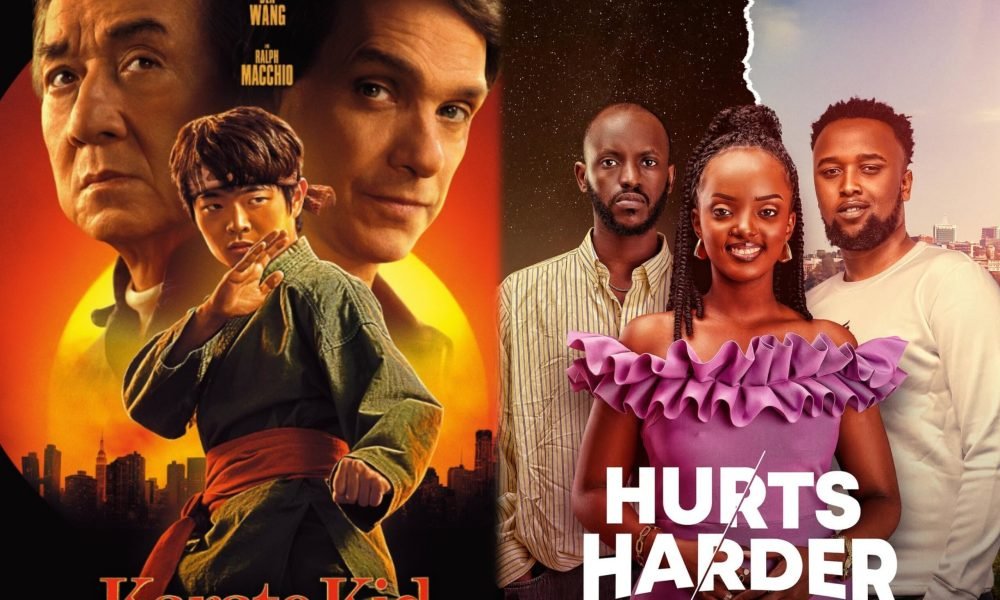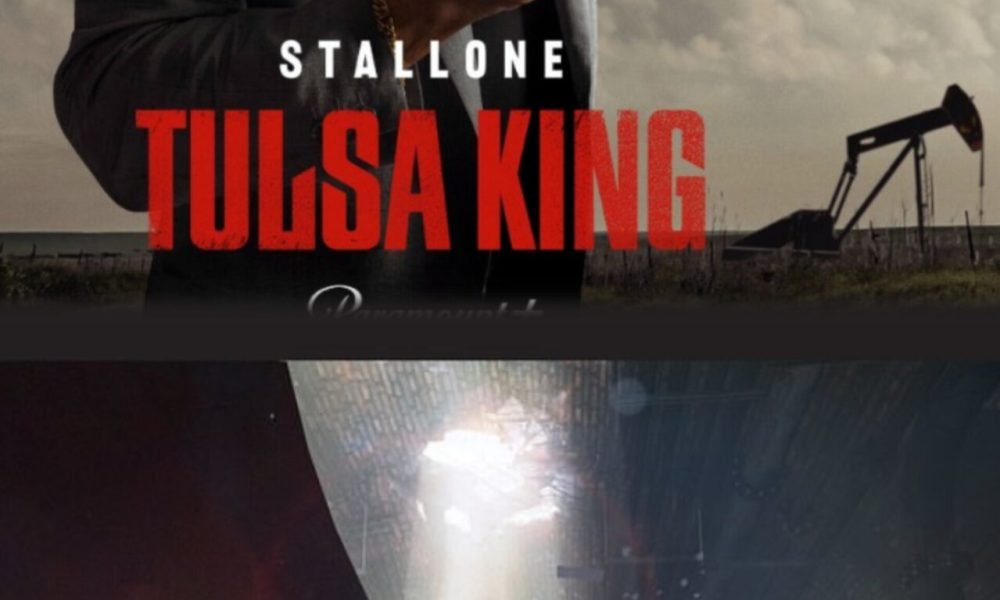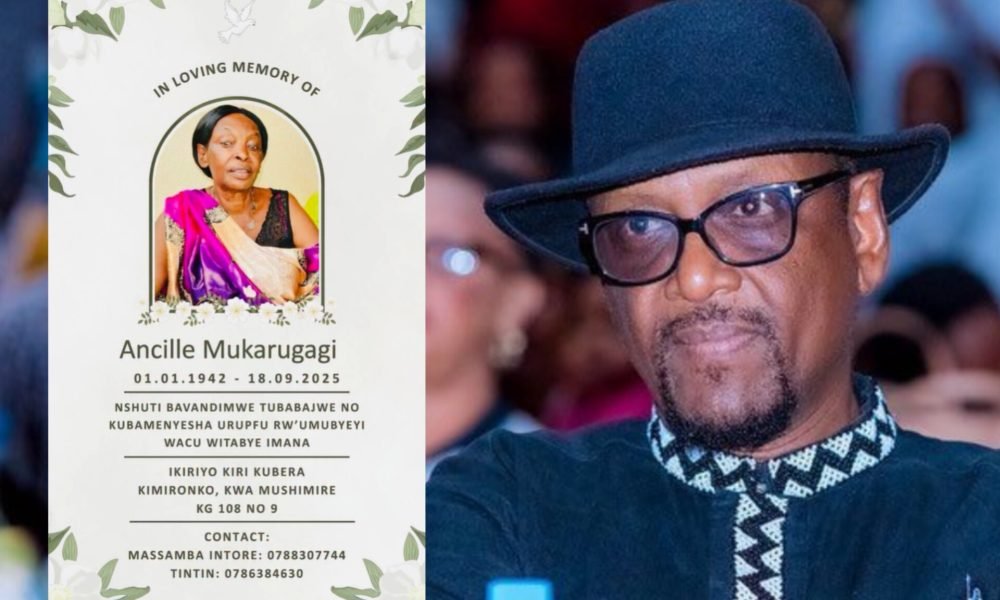In a year dominated by sequels and superhero spectacles, Paul Thomas Anderson has delivered something different: a film that feels both massive and deeply personal. His latest, One Battle After Another, isn’t just the highest-rated movie of 2025 so far — it’s being hailed as a cinematic event, with critics and fans alike calling it a masterpiece. The BBC praised it as “a thunderous, visionary work of action cinema,” while Reddit forums lit up with declarations like “We got a Best Picture runner on our hands” and “Better start engraving that director Oscar now.”
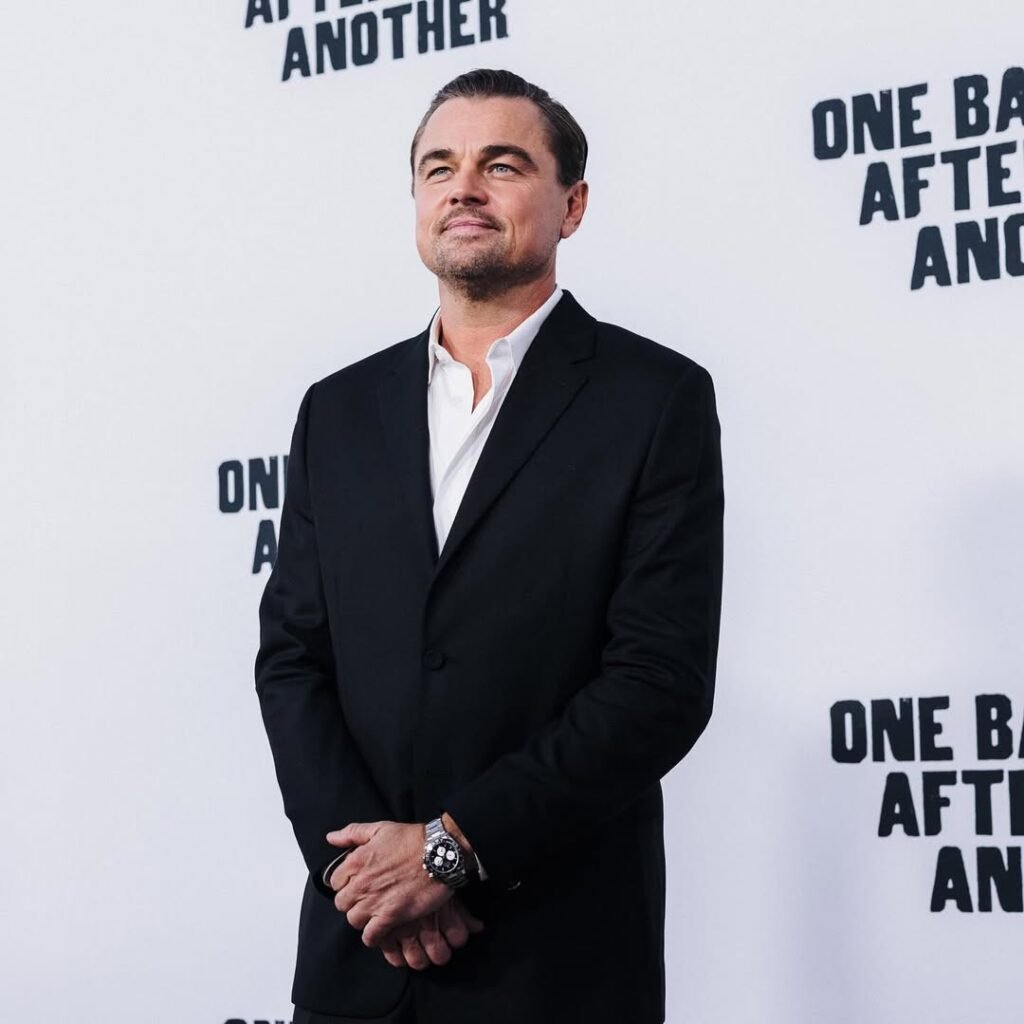
At its heart, the nearly three-hour epic tells a story of memory, regret, and redemption under fire. Leonardo DiCaprio plays Bob Ferguson, a weary ex-revolutionary forced back into battle when his old nemesis, Col. Steven J. Lockjaw (Sean Penn), resurfaces after sixteen years. What begins as a rescue mission for Bob’s daughter Willa (played by newcomer Chase Infiniti) quickly spirals into a war where politics, vengeance, and family loyalty collide. The mix of danger and absurdity has led some early viewers to compare it to Mad Max: Fury Road — if it had a screwball streak and a layer of biting social commentary.
Anderson has long flirted with adapting Thomas Pynchon’s Vineland. Here, he finally channels that ambition — not by retelling the novel, but by weaving its themes into an original story. The result is a film that captures Pynchon’s chaotic energy while remaining wholly Anderson’s own: an action spectacle with a brain and a heart.

The ensemble cast deepens the texture of the story. Benicio del Toro provides sardonic grit as Bob’s accomplice Sergio, while Regina Hall and Teyana Taylor bring emotional weight to the film’s central family struggle. Alana Haim, Wood Harris, and Starletta DuPois round out a cast that shifts easily between gravity and humor. But it’s Chase Infiniti, in her debut, who delivers the film’s quiet anchor — a performance that balances innocence with unshakable strength, grounding the chaos around her.
Behind the camera, Anderson leans into cinematic tradition while pushing modern boundaries. Shot on 35mm VistaVision by Michael Bauman (Licorice Pizza), the film’s sweeping California and desert landscapes glow with old-school grandeur. Longtime collaborator Jonny Greenwood supplies a score that is both propulsive and elegiac, heightening the film’s oscillation between absurdist comedy and visceral action. The project also carries an elegiac note: it is dedicated to Adam Somner, Anderson’s longtime assistant director and producer, who passed away in 2024.
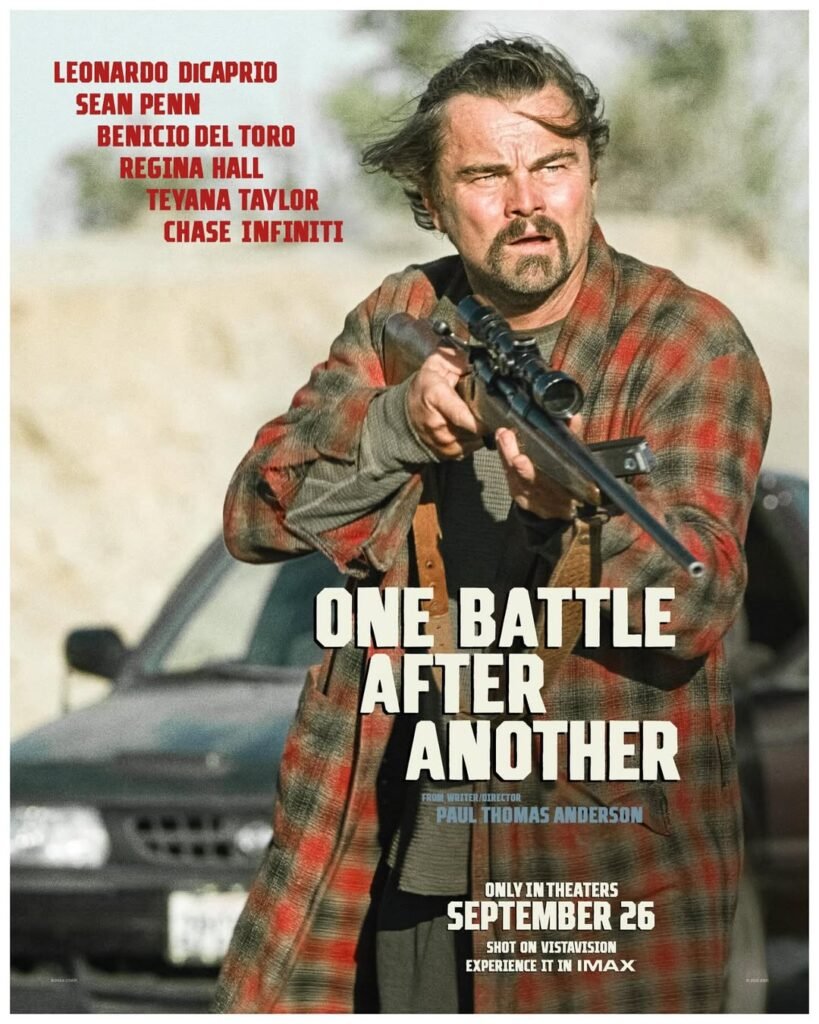
The road to release wasn’t without turbulence. Reports placed the budget anywhere from $130 million to $175 million, making it Anderson’s most expensive project yet. A controversial shoot in Sacramento, where a homeless encampment was cleared for filming, briefly made headlines. But early test screenings — Anderson’s first since Boogie Nights — reassured Warner Bros. executives that the gamble was paying off. Anderson himself trimmed nearly ten minutes after audience feedback, streamlining the pace without sanding down the film’s eccentric edges.
Since premiering at the TCL Chinese Theater in Los Angeles on September 8, One Battle After Another has rolled out across London, Mexico City, and New York in a series of sold-out screenings. Warner Bros. will release the film theatrically in the United States on September 26, 2025, with previews beginning September 24. It also marks Anderson’s first IMAX release, and audiences have responded with feverish enthusiasm. On Reddit, one fan wrote: “This is the singular movie I have been most excited about all year, and to see reviews calling it a masterwork is only stoking that fire in me.” Another added simply: “I already feel sick from excitement — this isn’t helping!”
The critical reception borders on the historic. With 97% on Rotten Tomatoes, a 96 on Metacritic, and a strong 4.3/5 average on Letterboxd, reviewers are united in their praise. The BBC called it “Anderson’s most ambitious and accessible film yet,” while others have suggested it may not only be the best action film of the year but a frontrunner for Best Picture at the Oscars.
In many ways, One Battle After Another feels like Anderson’s boldest answer to the blockbuster age: a film that dares to be exhilarating without being empty, and funny without losing its gravity. It is as much about the private battles of family and memory as it is about the grand battles of politics and power. If awards buzz and audience fervor are any indication, Anderson hasn’t just made the year’s most acclaimed film — he may have redefined what the Hollywood epic can be in the 21st century.


